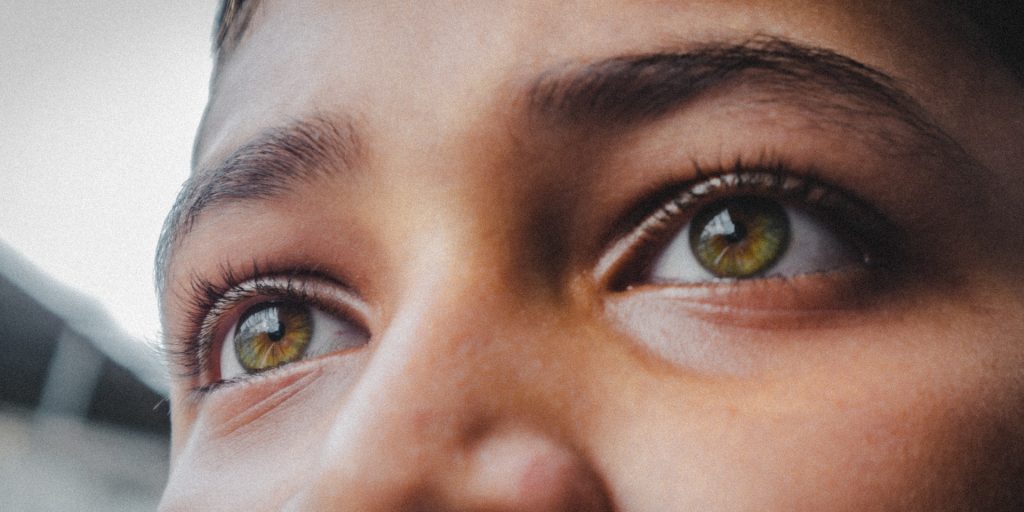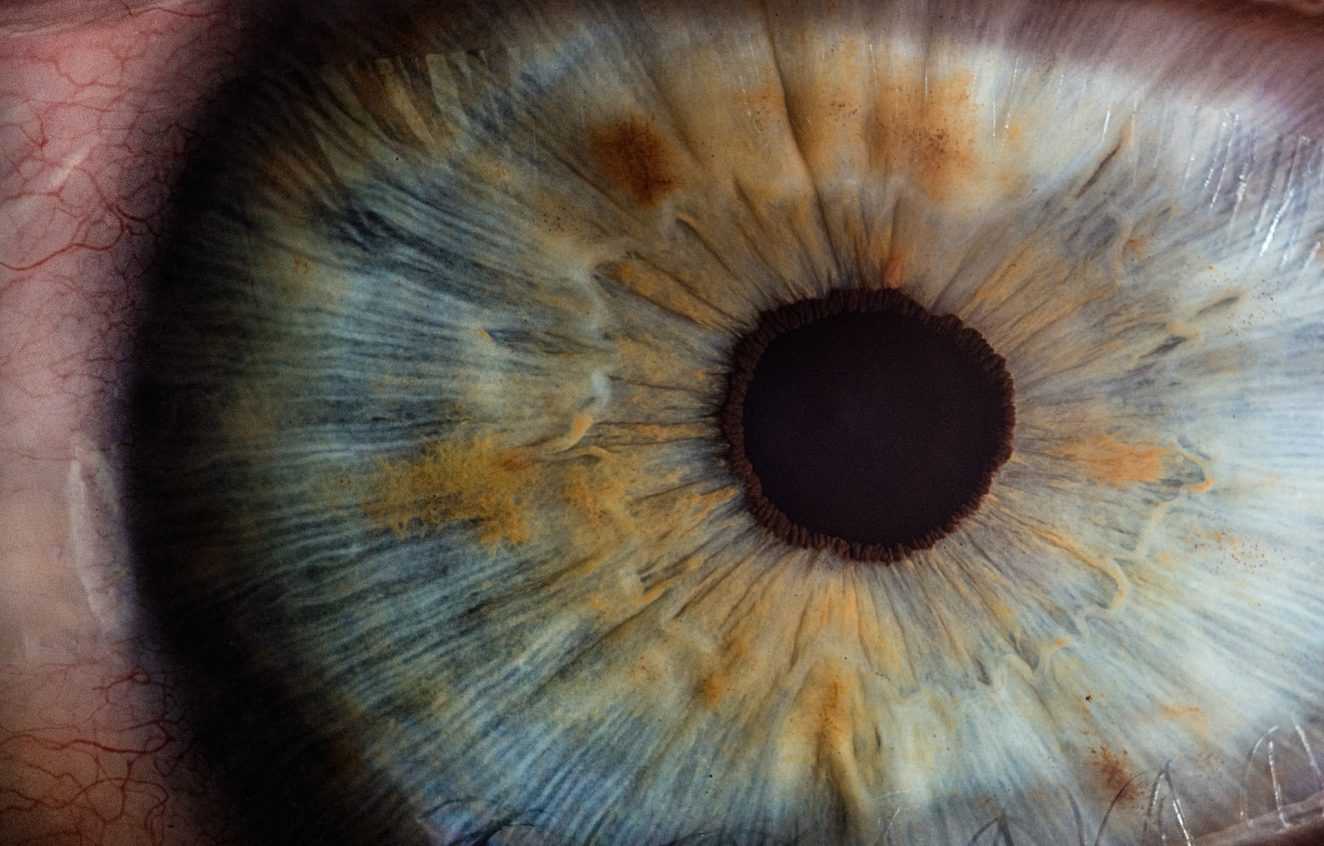Cameras, those nifty devices that freeze moments in time, have evolved into indispensable tools in our visual-oriented world. But have you ever thought about the uncanny resemblance between the parts of a camera and the human eye? In this blog post, we’ll delve into the intriguing parallels between the two, explore the fascinating science behind these similarities, and sprinkle in some fun facts about cameras and eyes.

The Lens: The Eye’s Cornea
The lens of a camera, responsible for focusing light onto the sensor, bears a striking resemblance to the eye’s cornea. Both are transparent structures at the front of their respective systems, tasked with bending light to create a sharp image.
The Aperture: The Eye’s Pupil
The aperture in a camera functions much like the pupil in our eyes. Both control the amount of light entering the system. In bright conditions, the pupil (aperture) constricts to reduce light, while in dim lighting, it widens to allow more light to reach the sensor (retina).
The Sensor: The Eye’s Retina
Cameras use sensors to capture the incoming light and convert it into an image, much like the retina in the eye. The retina is lined with photoreceptor cells called rods and cones, which are sensitive to light and enable us to see.
The Shutter: Blinking and Lid Closure
Cameras have a shutter mechanism that opens and closes to control the exposure time. The human eye, however, achieves this through blinking and the action of the eyelids. Blinking is essential for moistening the eye, and it works much like adjusting the shutter speed on a camera to capture different amounts of light.
The Processor: The Brain
In both cameras and eyes, there’s a critical processing element. For cameras, it’s the internal processor that interprets and enhances the captured image. In our eyes, this role is played by the brain, which processes the visual information received by the retina and helps us make sense of the world.

Fun Facts
- The mantis shrimp, a marine crustacean, has some of the most complex and impressive eyes in the animal kingdom. They can see polarized light and an extended range of colors beyond the capabilities of human eyes.
- The human eye can perceive approximately 576 megapixels, which is significantly higher than even the most advanced digital cameras on the market.
Low Light Adaptation
Both cameras and eyes possess the remarkable ability to adapt to low light conditions. Cameras have features like high ISO settings to capture more light, while our eyes rely on the dilation of the pupils and increased sensitivity of the rods in the retina to see better in the dark.
Retinal Image Inversion
In cameras, the lens forms an inverted image on the sensor, which is later corrected by image processing. In the human eye, the image formed on the retina is also inverted, but our brain automatically flips it, so we perceive the world right-side up.
The Eye’s Blind Spot
The human eye has a blind spot where the optic nerve exits the retina. The brain compensates for this, filling in the missing information from the surrounding visual field. Cameras don’t have a blind spot, but they can have lens distortion that might require correction during image processing.
Adaptive Focus
Just as cameras can autofocus, the human eye can adjust its focus as well. It’s called accommodation and involves changing the shape of the eye’s lens to focus on objects at different distances.

The parallels between cameras and the human eye are truly remarkable. From lenses that focus light to sensors that capture images, the similarities underscore the ingenuity of human inventions inspired by nature. Understanding these connections adds a layer of fascination to our everyday interactions with technology and the world around us. So, next time you snap a photo or admire a breathtaking landscape, remember that the science and design behind your camera isn’t all that different from the biological marvel of your own eyes.





